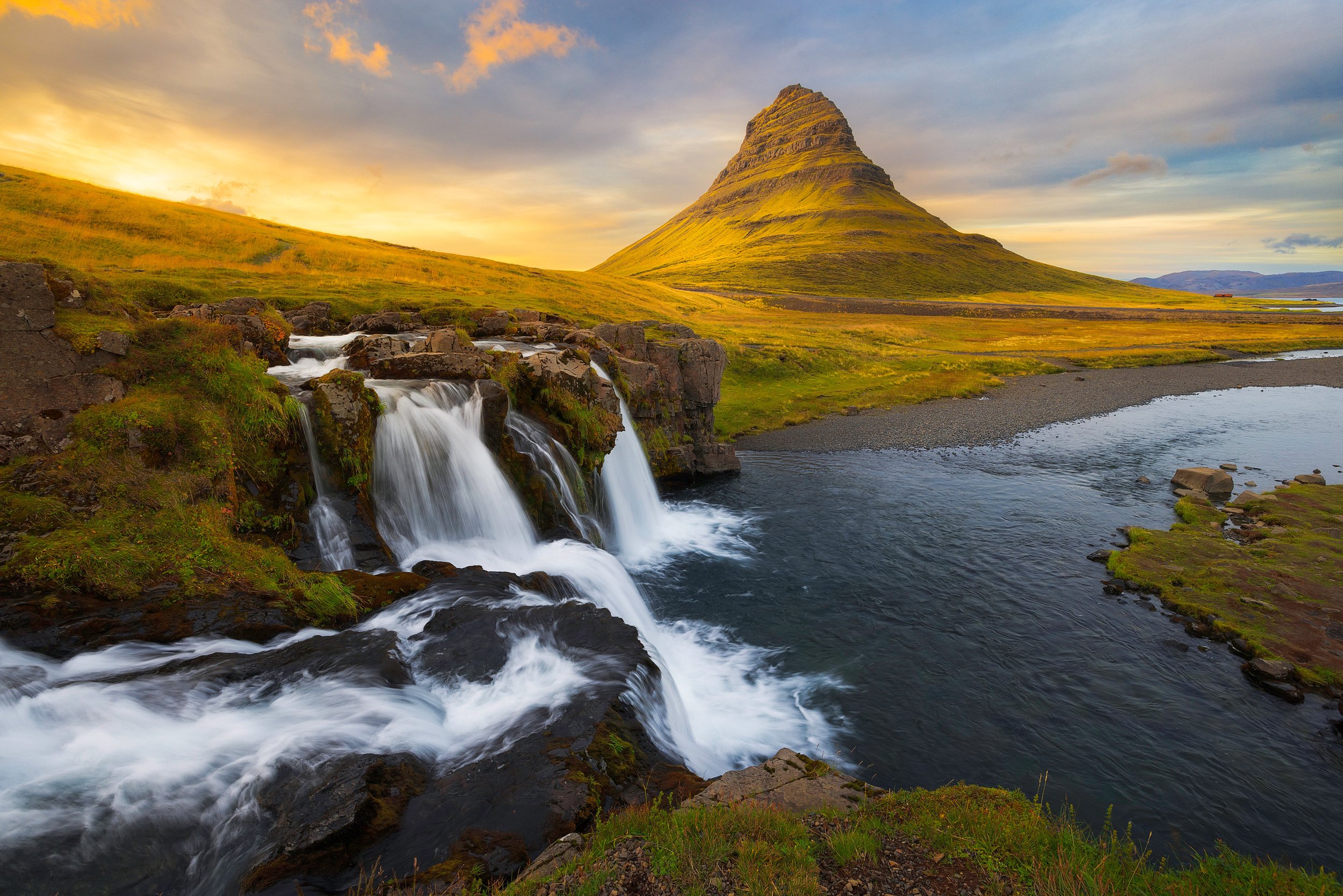Cyclone Gabrielle: Beauty in the midst of disaster
On February 13 and 14 2023, Cyclone Gabrielle lashed Hawke's Bay with gale-force winds, a large easterly swell and record rainfall causing rivers to burst their banks, having a devastating impact on the region. This devastation and the subsequent recovery is well covered in the media, and I am not going to talk about the destruction and rebuilding of houses and infrastructure, the immediate and longer lasting impact on agriculture due to silt, the economic damage, or the potential long-during impact on people’s health and wellbeing. Instead, I’d like to talk about the impact this event has had on my landscape photography.
As a landscape photographer, I’d like to express the beauty of the environment around me, rather than destruction, so this was a challenging period, not only as a person who lives and works in the Bay, but also as a landscape photographer. Below follows the description of some of my photography moments during this period.
Pukehou
Pukehou is a small farming community in between Hastings and Waipawa in Hawke's Bay. A small group of trees, standing in the middle of a field, is a regular subject of my photography. The fields here were flooded by Cyclone Gabrielle, causing significant damage to crops and infrastructure.
I visited Pukehou on March 3 when the flood waters were subsiding, and the (ruined) crops in the flooded fields became visible again. The two photos below were taken within one hour of each other.
It was good to see that these trees were still standing tall and proud, and were as inviting as ever, especially in the gentle light of dawn. And then, within one hour, mist rolled in and covered the hills in the background, completely changing the mood. Whenever I think of this moment and see these photos, I experience a positive emotion; one photo signifies resilience and hope, while the other gives a sense of balance and calm.
After photographing the trees, I gradually made my way back to the car. One last look back, revealed the scene below.
The flooded corn fields, while undoubtedly causing significant disruption to the community, have also created a unique environment that was now home to water birds and fish. The reflection of the green hill and the trees shrouded in low cloud add a sense of atmosphere and depth to the scene, and perhaps even a sense of calm or serenity amid the chaos caused by the cyclone.
Te Mata Park
Cyclone Gabrielle caused significant damage to Te Mata Park, my favourite place to walk and take photos when I am at home.
The restoration of Te Mata Park after the havoc caused by the cyclone is progressing well and lots of debris caused by slips and fallen trees have been removed and many tracks have re-opened in March. The narrow and windy road that leads to the summit was closed for some time as preference was given to restoring access for walkers. Late March, the barrier was lifted, and cars could drive all the way to the top of the peak again. Not that I did, as I prefer to walk and find a nice place along the way to put up the tripod and enjoy the sunrise.
On one of these early morning walks, I arrived at my destination about 30 minutes before sunrise, wandered around and tried a few compositions before settling on a view over the furthest peak towards Haumoana that was nicely framed between a flax bush and another peak. I typically try to avoid human elements in my photos, but in this case, I decided to retain a fence in the bottom of the frame, because it was leading the eye nicely from the flax bush in the foreground to the peak without being too obtrusive.
And then I just stood there and watched what was happening in the sky. It was clear towards the east while there were some clouds above me; clear signs that that the sunrise was going to be good. And I wasn’t wrong, the clouds caught the early morning light and the colours were getting better and better. I took a photo every few minutes, changing the camera’s orientation from horizontal to portrait a few times to change the aspect ratio and include more or less of the sky and foreground. Reviewing the photos at home, I liked the magenta sky in a portrait orientation the best and developed that one further. And this is the result.
Although this time was and still is a challenging time for many people in Hawke’s Bay, I have found that we, the people as well as the environment, are quite resilient, and that even in the midst of disaster and tragedy, there can be moments of unexpected beauty.













This visual journey follows Northland’s Twin Coast Discovery Highway, taking you through the Kauri Coast to the Far North, before returning via the Bay of Islands to Whangārei. Travelling in our motorhome, we dedicated two weeks to thoroughly revisit familiar spots and uncover new ones.